Office Changes Are Here to Stay, NAIOP Panel Predicts
Tenant health and wellness, along with touchless technologies, are among the most important considerations in the office sector.
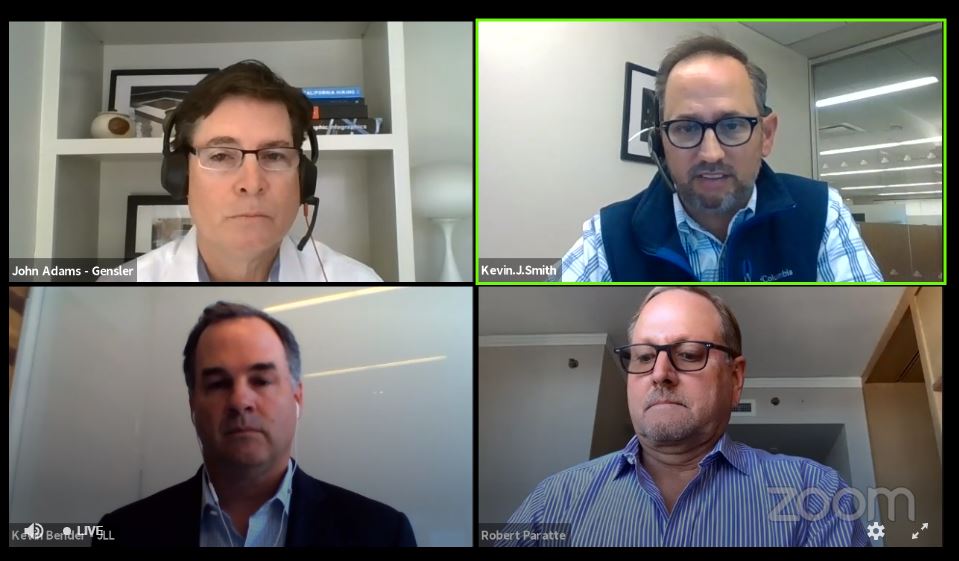
Clockwise from top left: John Adams, Gensler; Kevin Smith, Cushman & Wakefield; Kevin Bender, JLL; and A. Robert Paratte, Kilroy Realty Corp. Photo by Denile Doyle
The future of office space—what it should like look like and where should it be located—was the focus of a number of panels at this week’s NAIOP CRE.Converge conference.
In the Day 1 session titled “COVID-19’s Impact on Office,” three industry experts discussed the short- and long-term changes they’re witnessing, how they are adjusting their best practices, and what owners and developers should focus on.

The Gensler U.S. Work from Home Survey 2020 highlights why employees will return to the office. Photo by Gensler
John Adams, a Los Angeles-based regional managing principal & managing director at Gensler, said that from mid-April through early May, his firm surveyed 2,300 full-time workers at companies with 100 employees or more, in 10 different industries, on the most important factors that influence their preference for working from an office. The results indicated that many workers prefer to work in an office environment.
According to Gensler’s survey, seventy percent of respondents would prefer to work in the office for most of the work week. Fifty-four percent of workers indicated that meetings, socializing with colleagues and impromptu in-person encounters with co-workers are the most important components of the office environment.
Adams acknowledged that the survey might yield slightly different results today, but said he believes employees equally appreciate the office these days because it allows for socializing, collaboration and spontaneous interactions with colleagues.
Crafting blended spaces
Building designs need to prioritize tenants’, visitors’ and building employees’ safety and well-being. One of the first things developers have been addressing during the health crisis is touchless operations throughout the building, including access points and entryways, elevators, shared workspaces and conference rooms.
In fact, John Adams said that some clients on the verge of construction decided to modify their requirements due to the health crisis. Some clients have said, “Timeout—I want touchless toilets,” or “I want touchless doors … I want UV everywhere,” according to Adams.
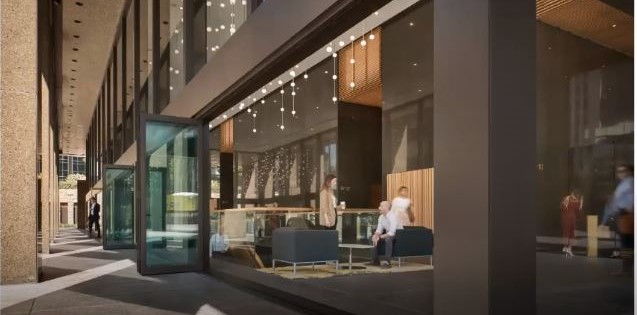
Automated, touchless entryways provide ease of access and limit contact with surfaces. Photo by Gensler
Incorporation of outdoor air has also been paramount. Adams said his firm has been designing and planning office buildings that merge the outdoors, or feature an outdoor element, and that these have become more popular due to the coronavirus pandemic. “We think this is prophetic,” he said.
Owners and developers will need to raise the standards of wellness within office buildings, as well, in order to retain current occupants and acquire new tenants. “Tenants are going to be demanding much more proof of wellness within the spaces that they’re in,” Adams said.
Kevin Smith, executive managing director at Cushman & Wakefield, said systems that property managers may have already installed prior to COVID-19 have now become more crucial because tenants are more sensitive to the wellness factor. Smith’s firm is taking advantage of the reduced occupancy in buildings to implement and test new systems and protocols to keep tenants safe.
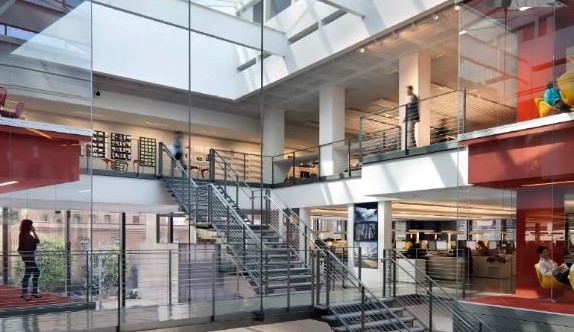
Weaving outdoor elements within office buildings promotes tenants’ well-being. Photo by Gensler
Smith said he expects these standards—including cleanliness, bipolar ionization and ultraviolet ionization—to be long-term modifications. And building owners that did not have these systems in place prior to the pandemic are now struggling with “the hard stuff,” such as elevator safety, temperature screens and upgrades to air filtration systems.
One thing the participants agreed on was lowering density in offices to keep employees healthy. Smith’s team is using the “every-other-desk” model and integrating plexiglass in collaborative spaces. Adams is also taking a low-density approach at his Los Angeles office.
One thing the participants agreed on was lowering density in offices to keep employees healthy. Smith’s team is using the “every-other-desk” model and integrating plexiglass in collaborative spaces. Adams is also taking a low-density approach at his Los Angeles office.
Expect a comeback
Regarding the future of cities and the long-term impacts of the pandemic-driven changes to office space, the trio agreed that the future looks promising for the office sector. While many companies are supporting a work-from-home option for current employees for the foreseeable future, offices in urban areas are not expected to lose their appeal in the long term.
Large technology firms are still acquiring and leasing buildings in urban areas like Silicon Valley and the Pacific Northwest. A. Robert Paratte, executive vice president of leasing and development at Kilroy Realty Corp., said other companies, too, won’t be able to attract the same level of talent to suburban areas. Thus, urban areas will regain their popularity—and even attract new residents.
One change that will stick around after the pandemic subsides is the decline of the typical 9-to-5 workday. While employers have tried to be “as flexible as possible,” according to Smith, they will need to continue to accommodate employees’ desire for flexibility in their work hours, even when they are outside of the traditional workday.

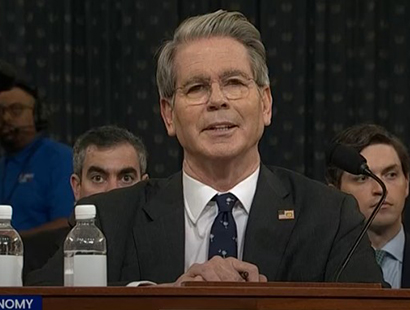
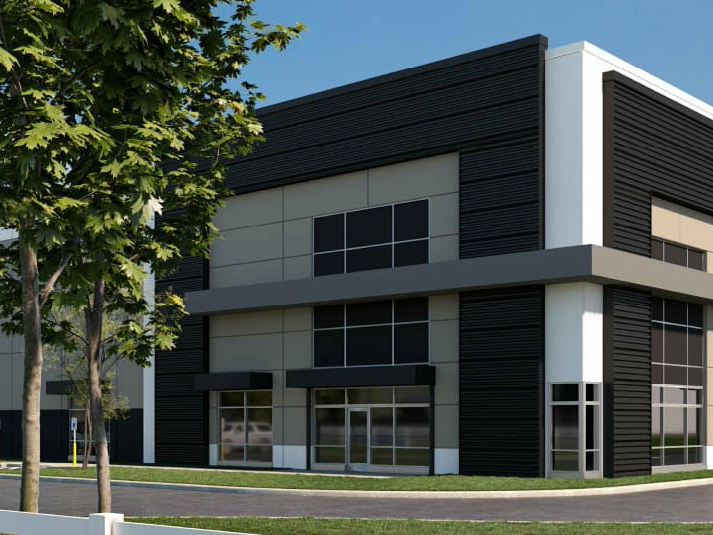
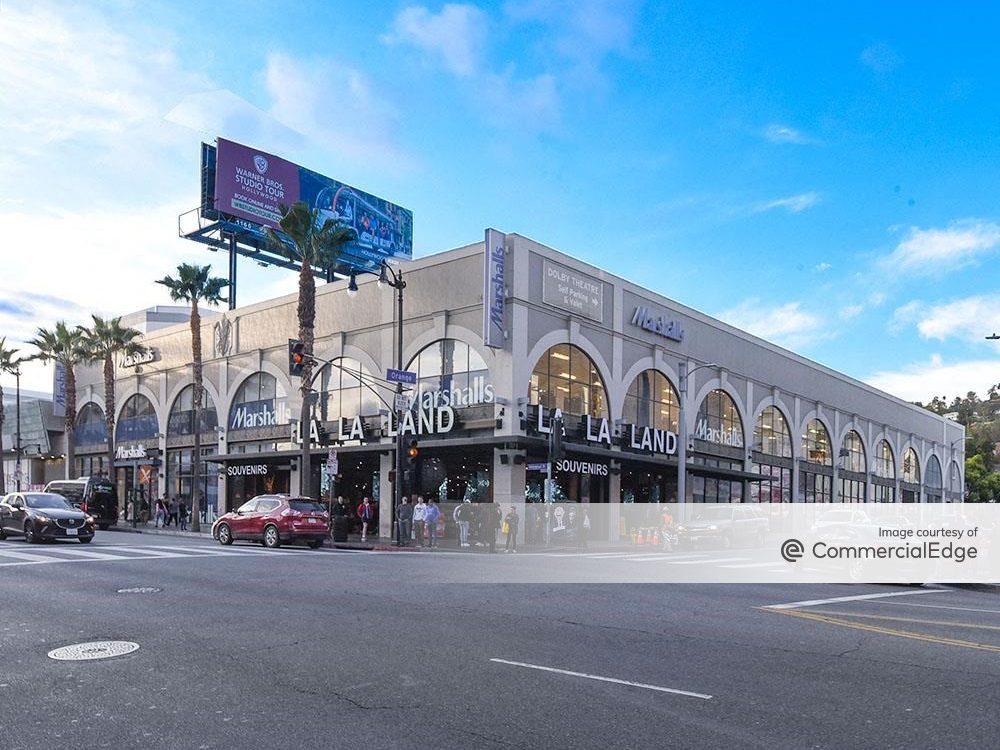
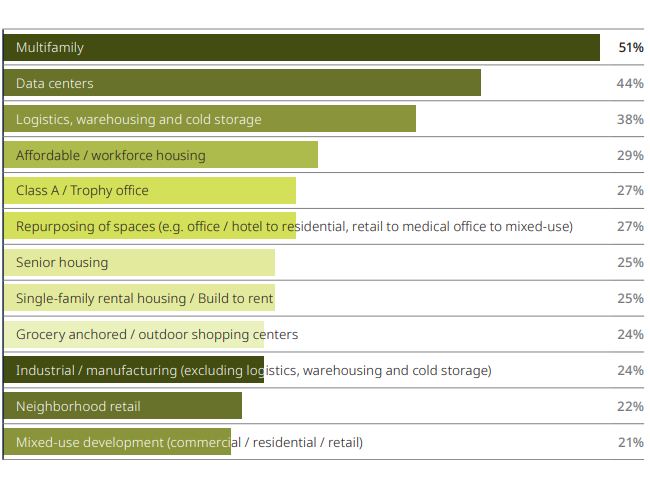
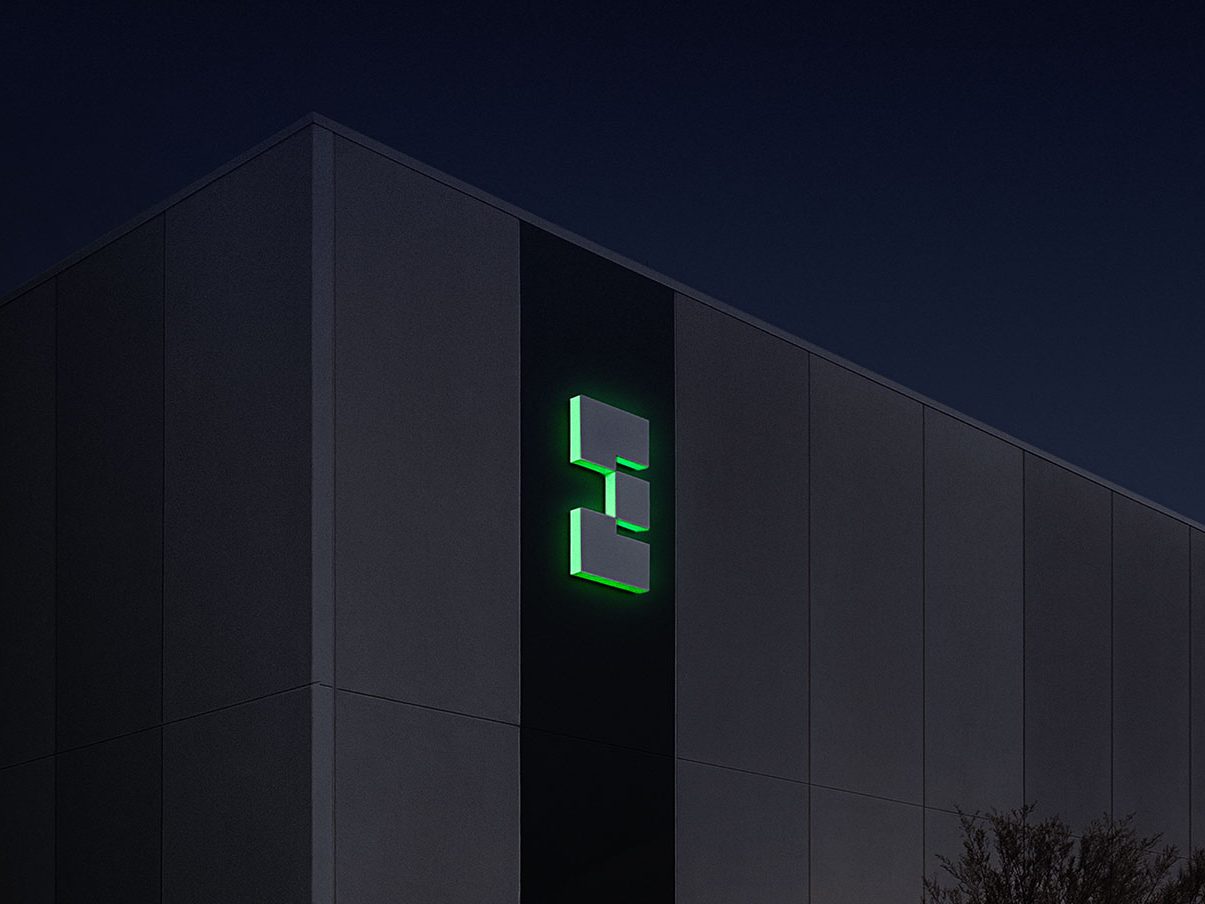
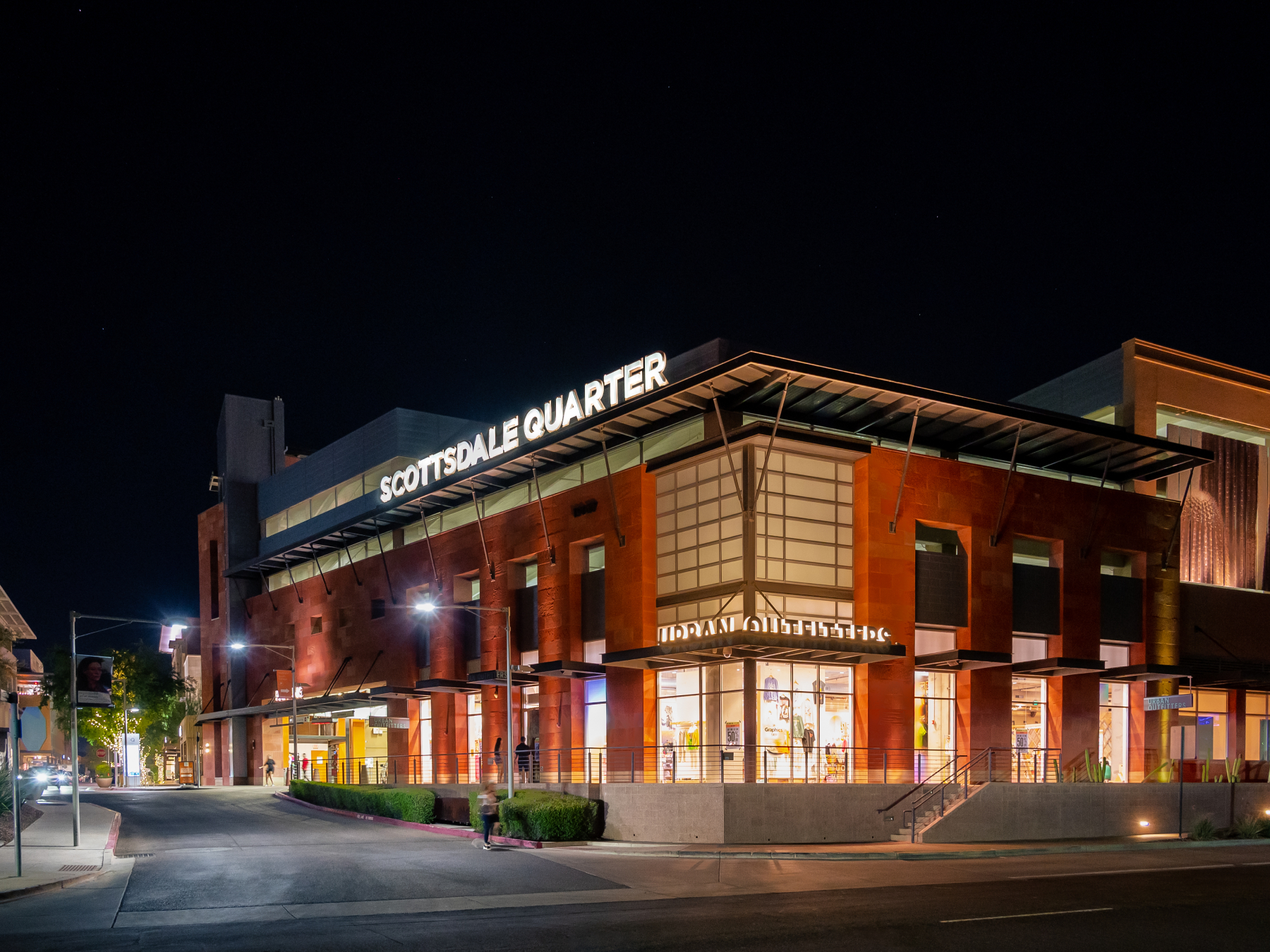
You must be logged in to post a comment.